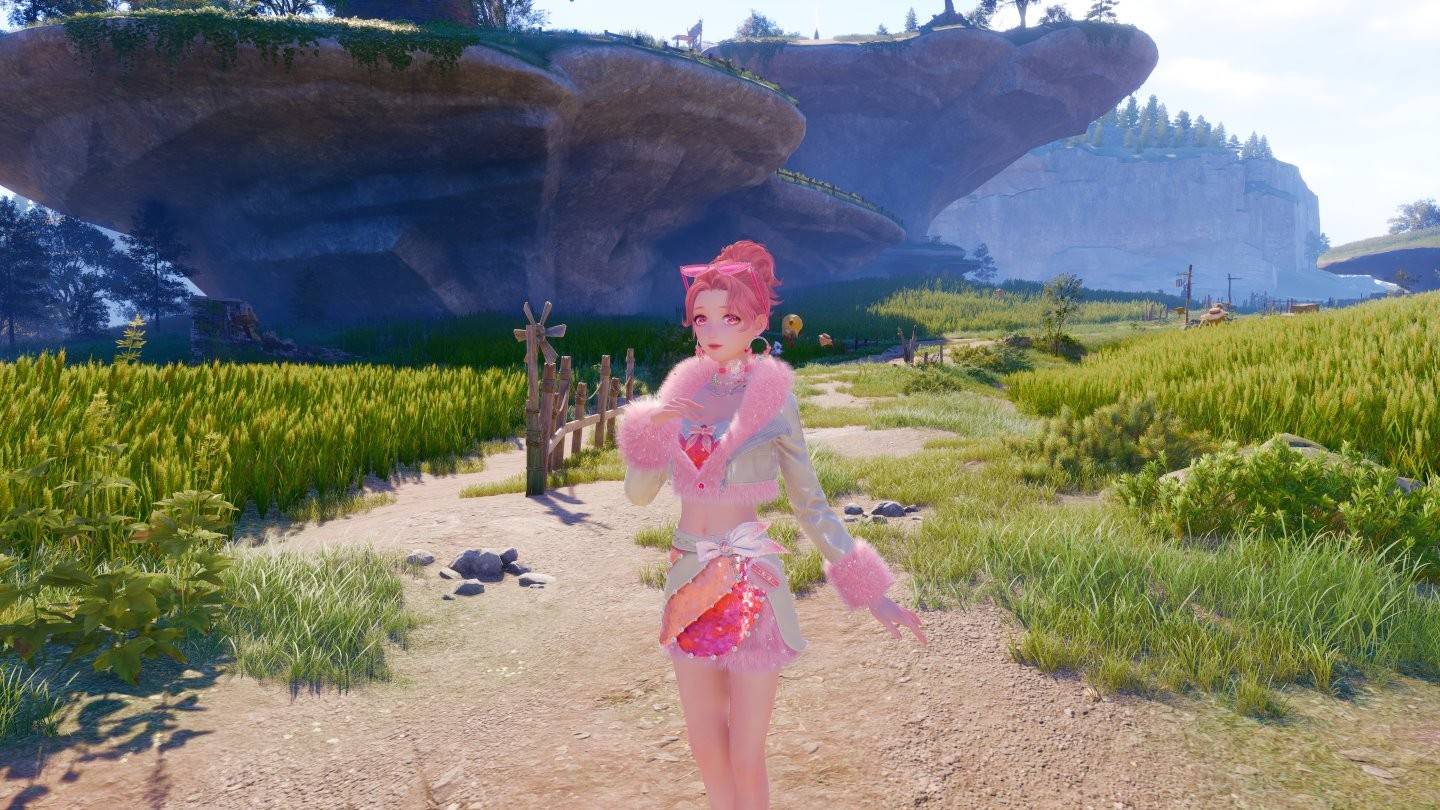Master Minecraft's Diverse Woods: A Comprehensive Guide
This guide explores Minecraft's twelve primary wood types, their unique properties, and optimal uses in gameplay. Each wood offers distinct aesthetic qualities, impacting building projects and crafting endeavors.
Table of Contents
- Oak
- Birch
- Spruce
- Jungle
- Acacia
- Dark Oak
- Pale Oak
- Mangrove
- Warped
- Crimson
- Cherry
- Azalea
Oak
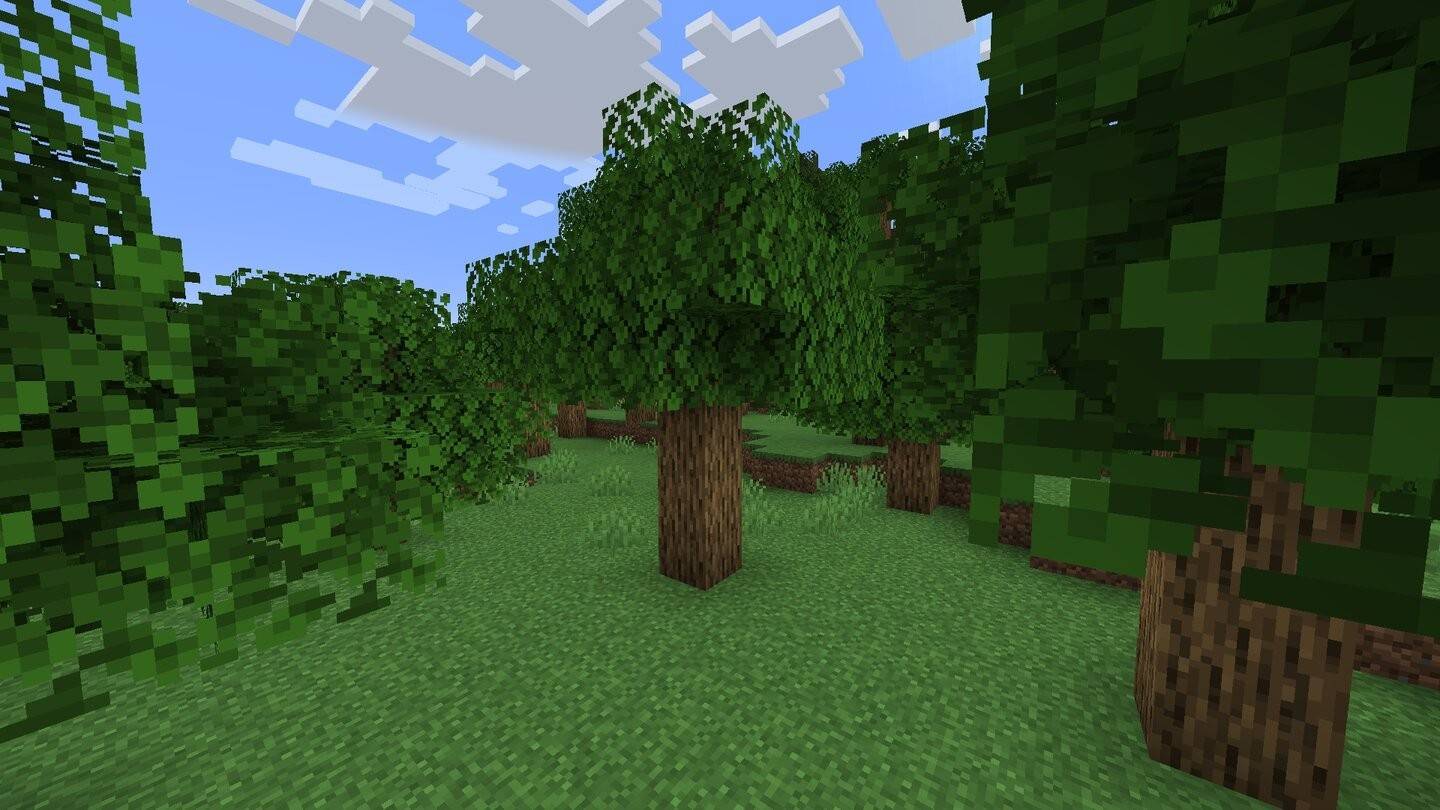 Image: ensigame.com
Image: ensigame.com
Ubiquitous except in deserts and icy tundras, oak wood's versatility makes it ideal for planks, sticks, fences, ladders, and more. Oak trees yield apples, a valuable early-game food source and golden apple component. Its neutral tone suits diverse builds, from rustic homes to cityscapes.
Birch
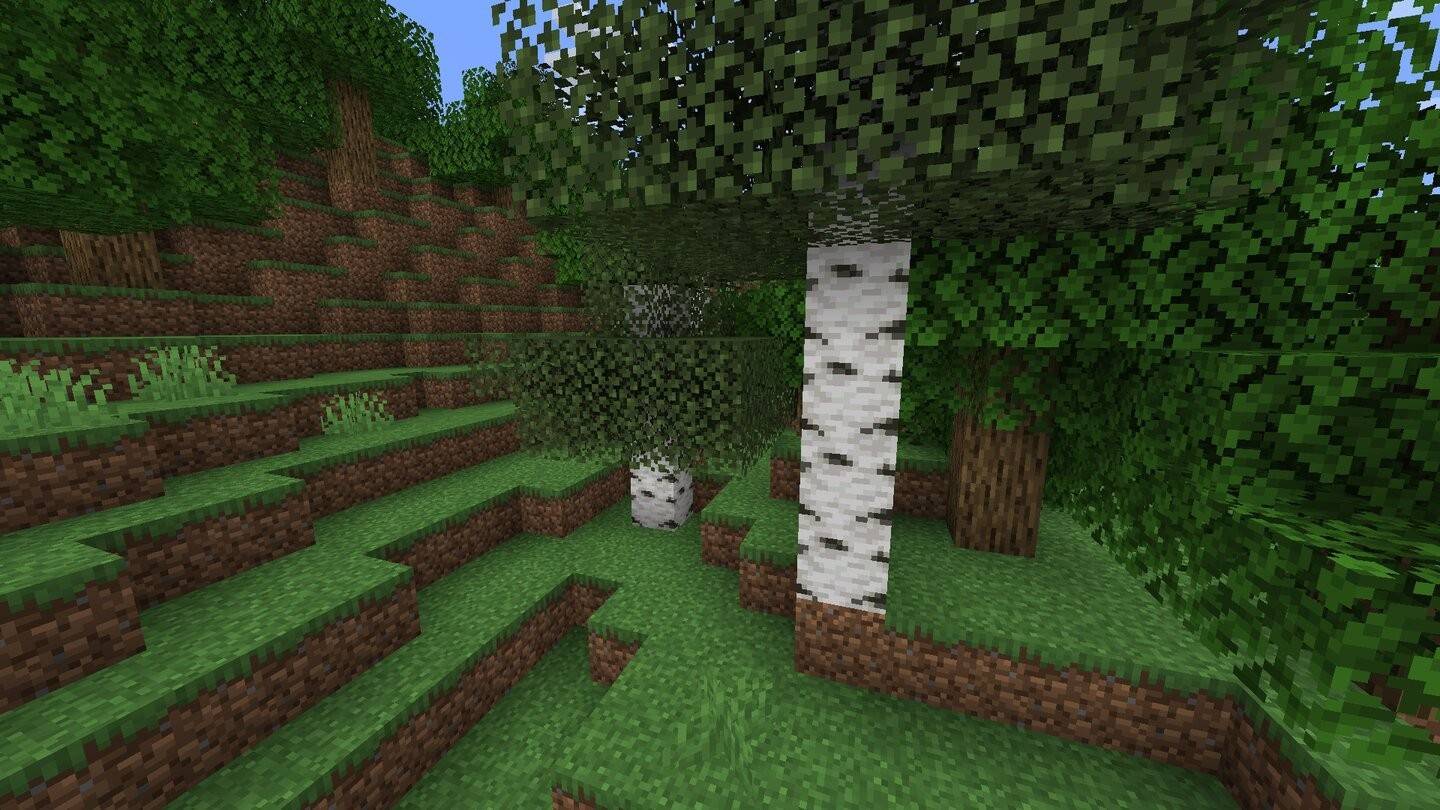 Image: ensigame.com
Image: ensigame.com
Found in birch forests and mixed biomes, birch wood's light, patterned texture is perfect for modern or minimalist structures. It complements stone and glass, creating bright, airy interiors.
Spruce
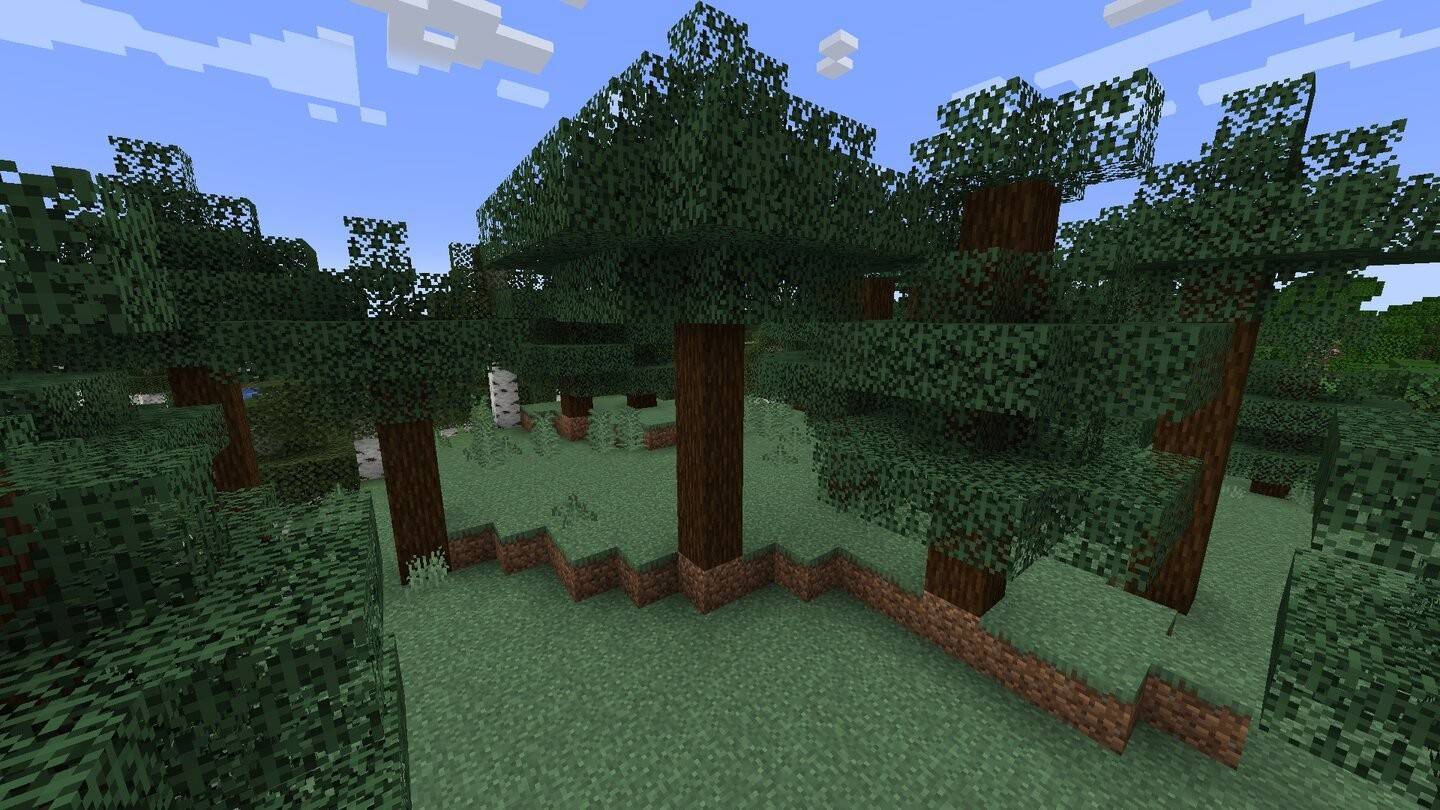 Image: ensigame.com
Image: ensigame.com
Dark spruce wood lends itself to gothic or grim builds. Its height can make harvesting challenging. Common in taiga and snowy biomes, spruce wood's robust texture is well-suited for medieval castles, bridges, and country houses.
Jungle
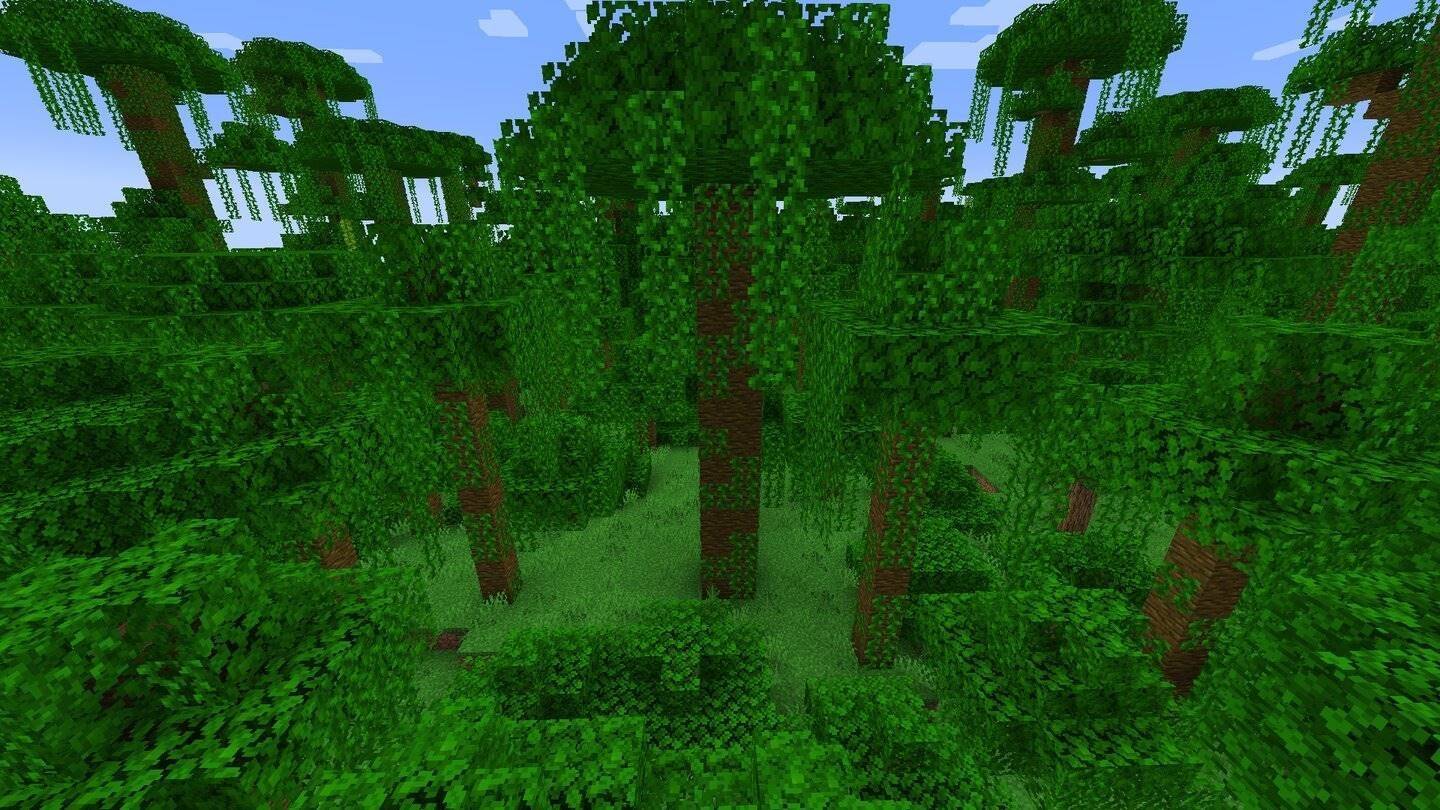 Image: ensigame.com
Image: ensigame.com
Jungle trees, towering giants found only in jungles, boast a bright hue, often used decoratively. Their cocoa bean yield makes them crucial for cocoa farms. Jungle wood's exotic look is perfect for adventure-themed or pirate builds.
Acacia
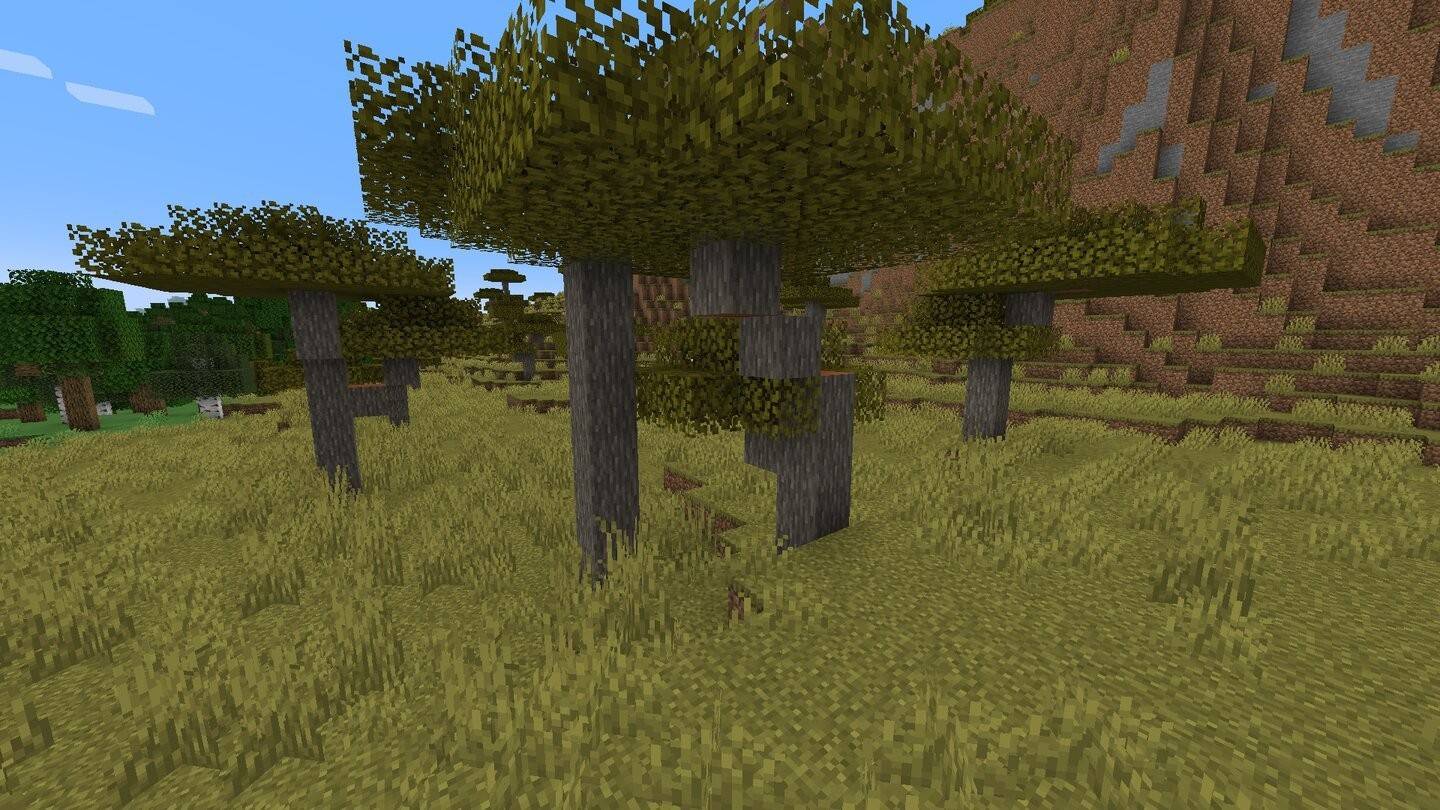 Image: ensigame.com
Image: ensigame.com
Acacia wood's reddish tint is striking in desert biomes. Its unusual, horizontally spreading branches are found in savannas. It's excellent for ethnic-style villages, desert bridges, or African-inspired builds.
Dark Oak
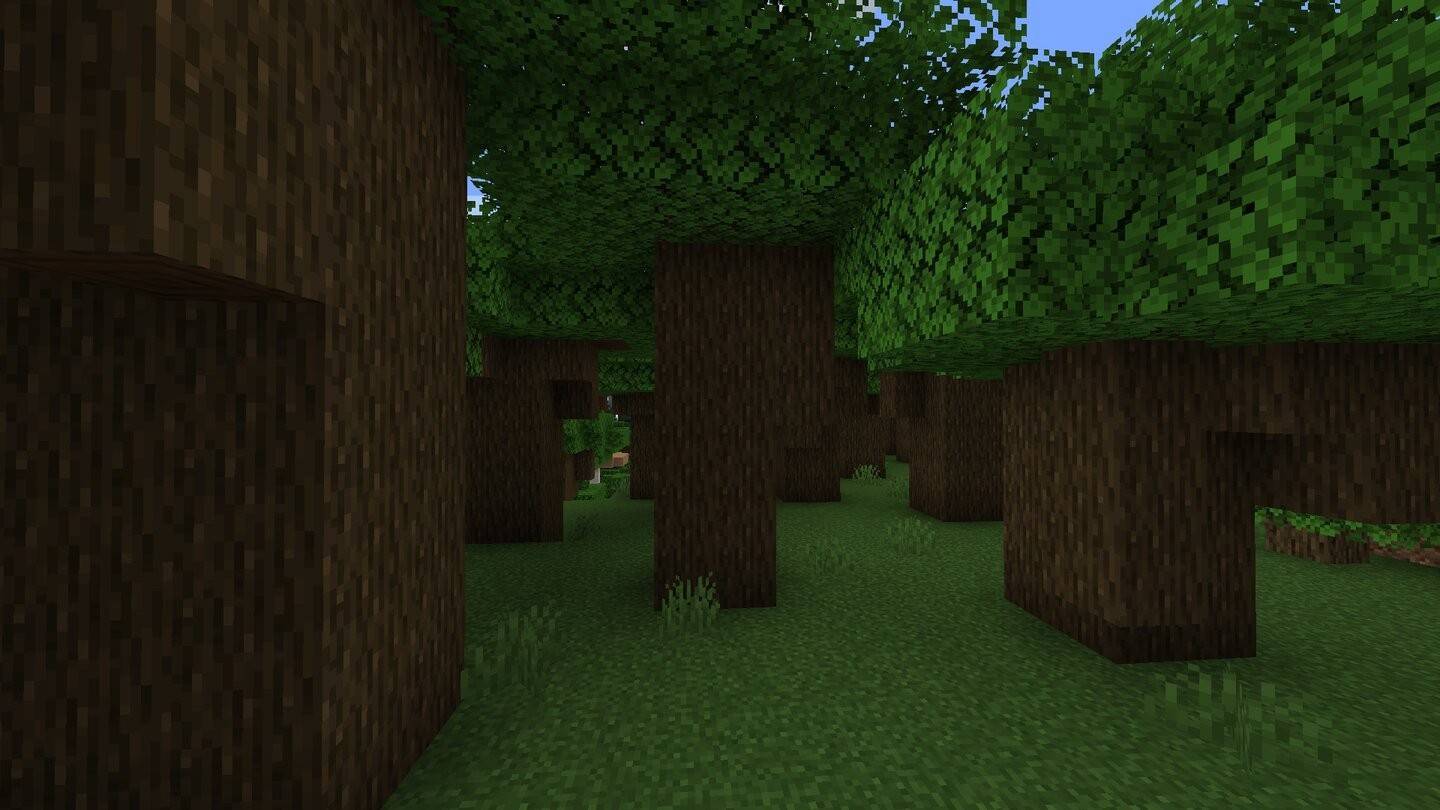 Image: ensigame.com
Image: ensigame.com
Dark oak's rich, chocolate-brown shade makes it popular for castles and medieval structures. Found only in Roofed Forests, it requires four saplings to plant. Its deep texture is ideal for luxurious interiors or grand doors.
Pale Oak
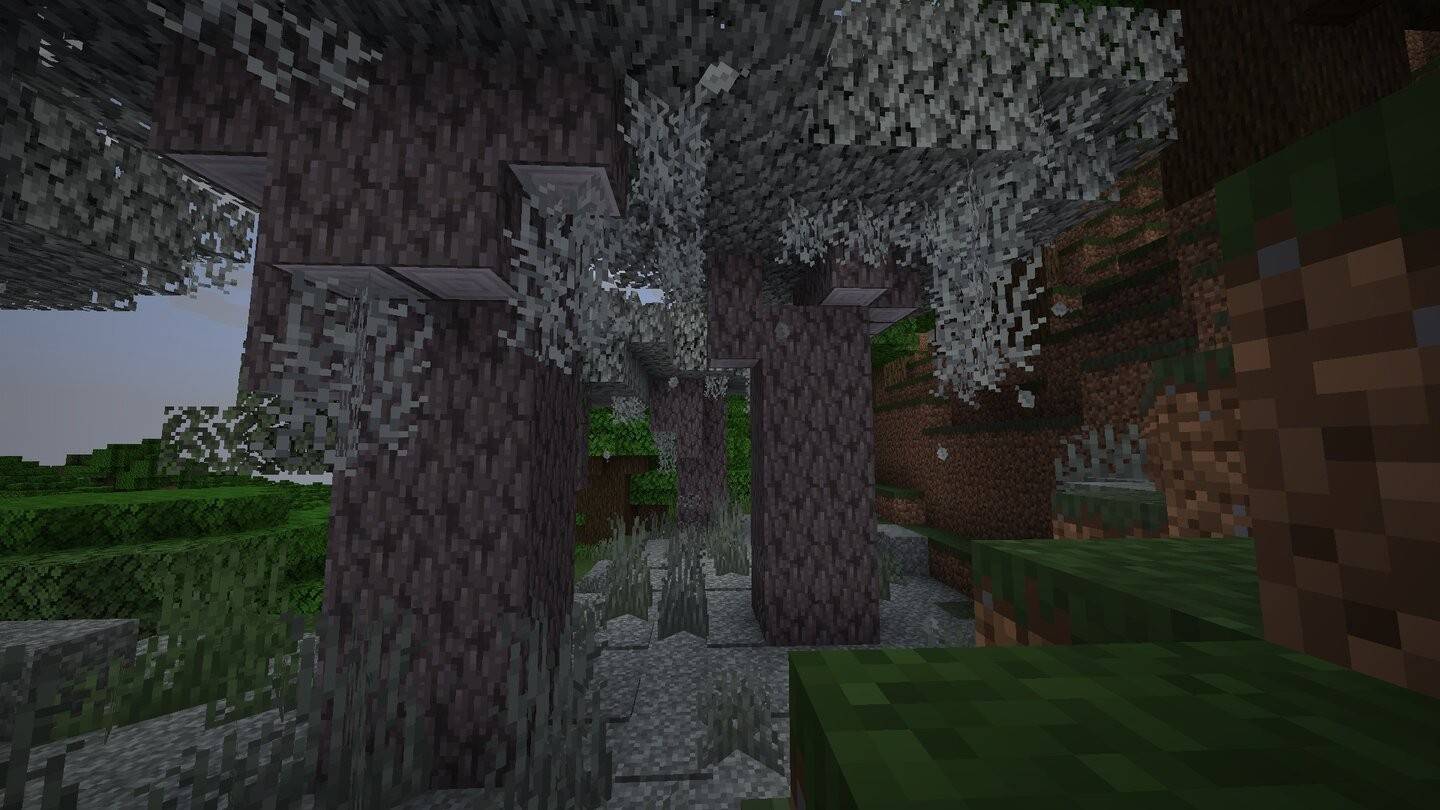 Image: ensigame.com
Image: ensigame.com
A rare tree found only in Pale Gardens, pale oak mirrors dark oak's texture but in gray tones. Its hanging moss and "skripcevina" (summoning aggressive "skripuns" at night) add unique elements. It pairs well with dark oak, offering contrasting colors.
Mangrove
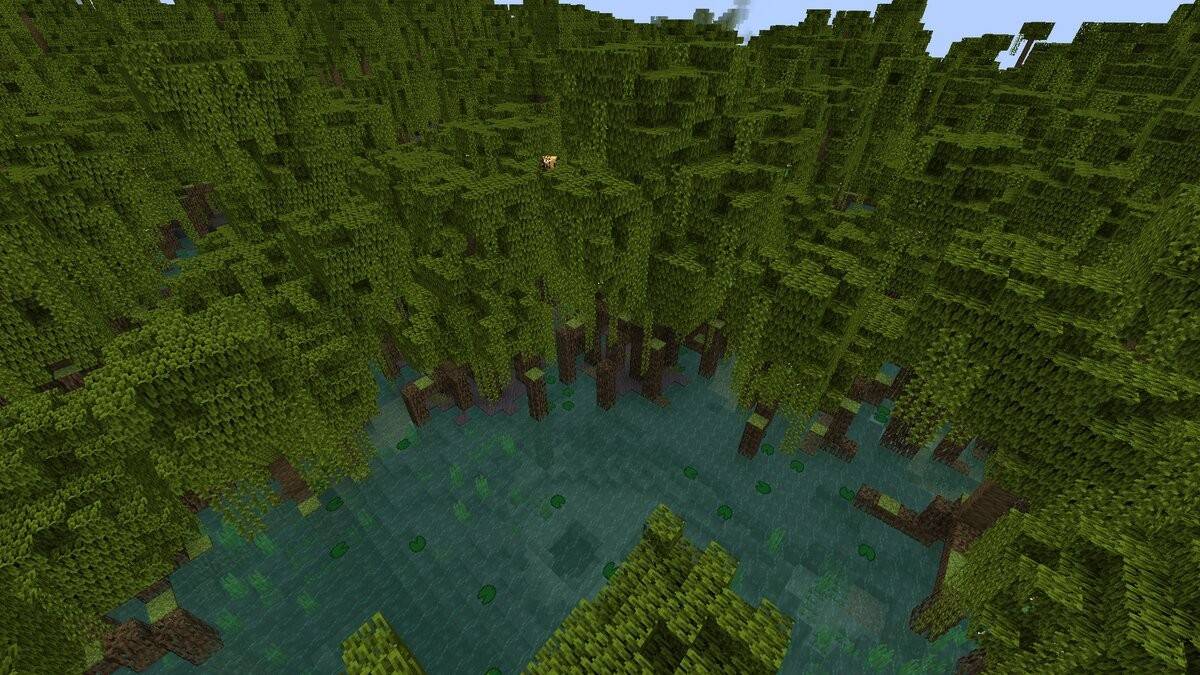 Image: youtube.com
Image: youtube.com
A recent addition, mangrove trees thrive in mangrove swamps. Their reddish-brown wood and roots add decorative flair. Mangrove wood is perfect for piers, bridges, and swamp-themed structures.
Warped
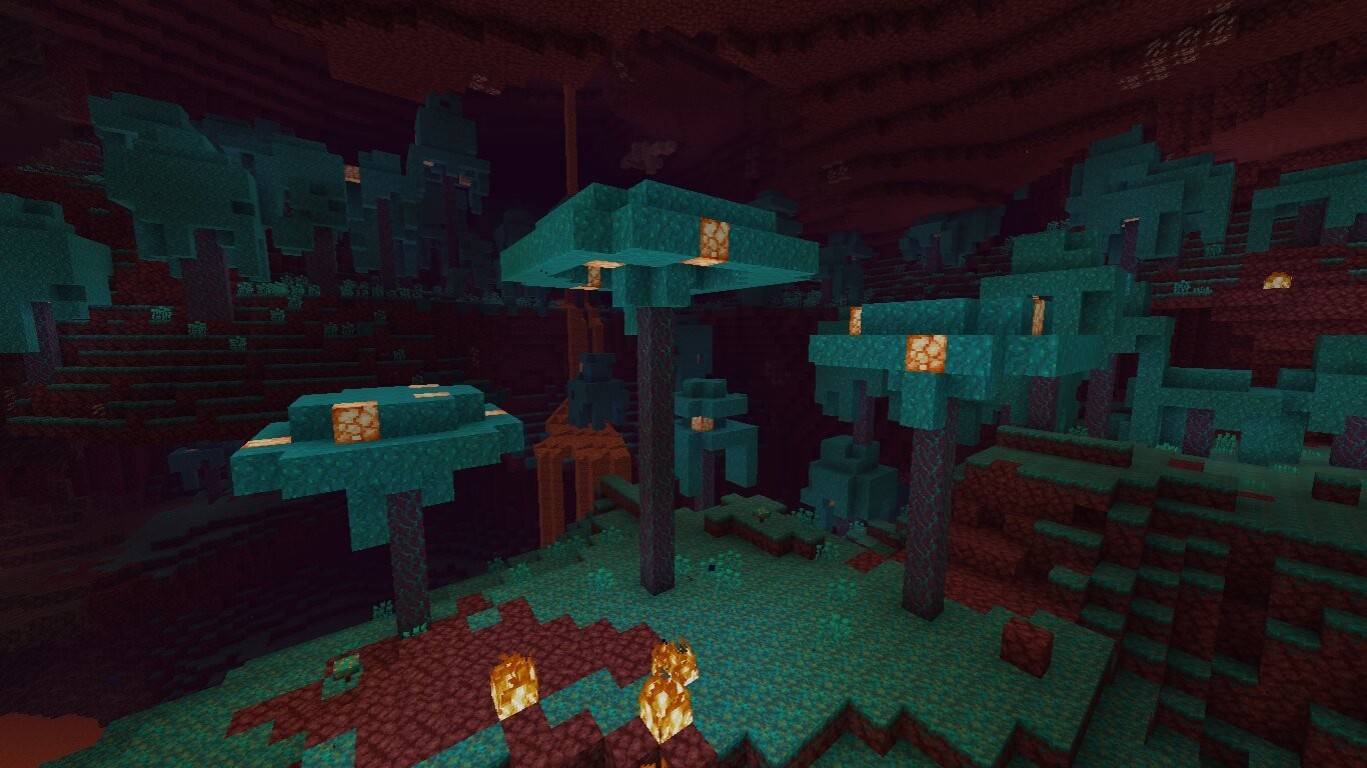 Image: feedback.minecraft.net
Image: feedback.minecraft.net
One of the Nether's two wood types, warped wood's turquoise color is ideal for fantasy builds. Its bright texture suits magic towers, portals, and decorative gardens. Nether trees are non-flammable.
Crimson
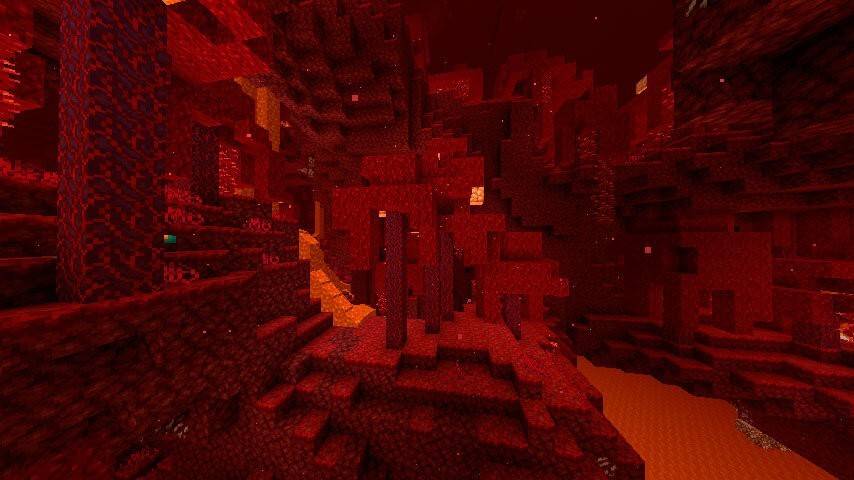 Image: pixelmon.site
Image: pixelmon.site
The Nether's other wood type, crimson wood's red-purple hue is perfect for dark or demonic themes. Its non-flammability is advantageous in hazardous environments. It's popular for Nether-themed interiors.
Cherry
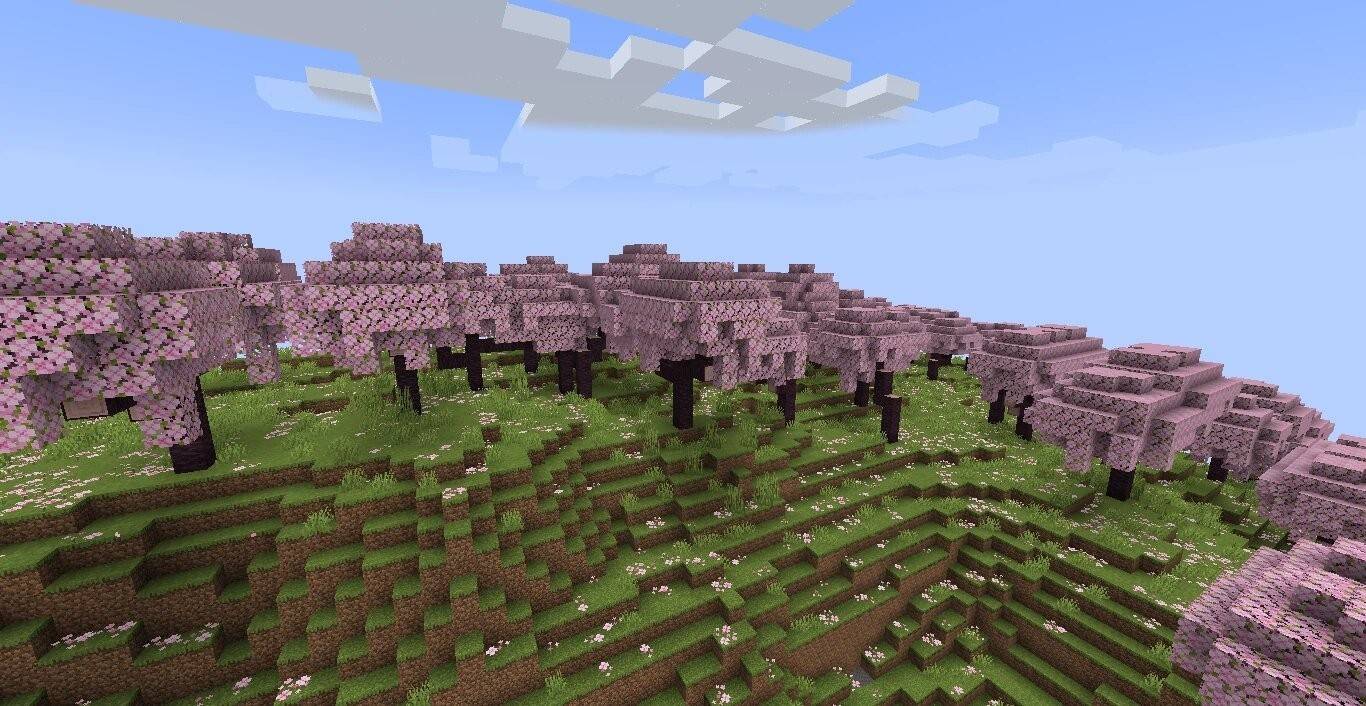 Image: minecraft.fandom.com
Image: minecraft.fandom.com
A rare tree found in cherry groves, cherry trees generate unique falling-petal particles. Its bright pink wood is often used for interior decoration and unique furniture.
Azalea
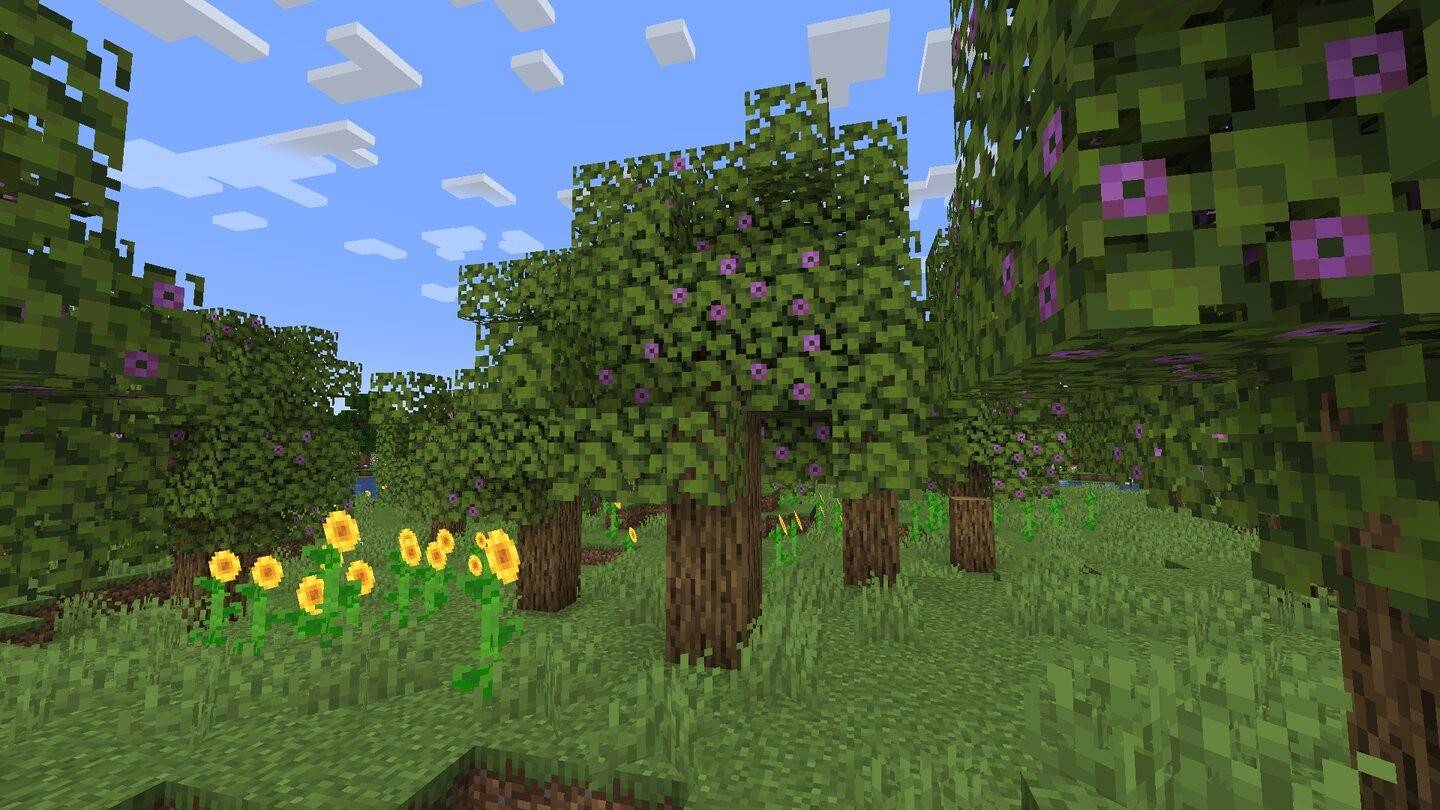 Image: ensigame.com
Image: ensigame.com
Similar to oak, azalea trees grow above lush caves, aiding mine location. It's one of two trees with a root system. While its wood is standard oak, its unique flowers enhance its design appeal.
Wood in Minecraft is more than just a resource; it's the cornerstone of survival and creativity. While crafting uses are similar across wood types, the diverse textures and colors unlock limitless building possibilities. Explore these woods to build, craft, decorate, and farm your way to Minecraft mastery!


